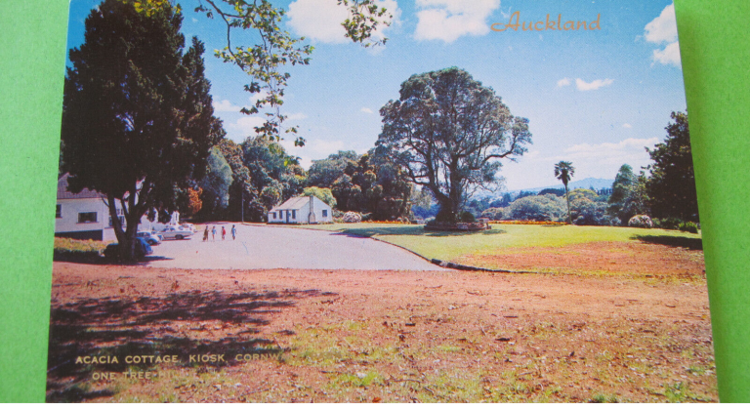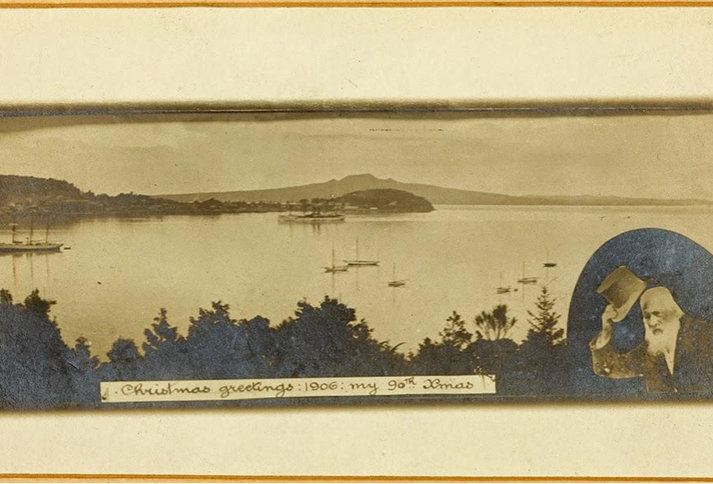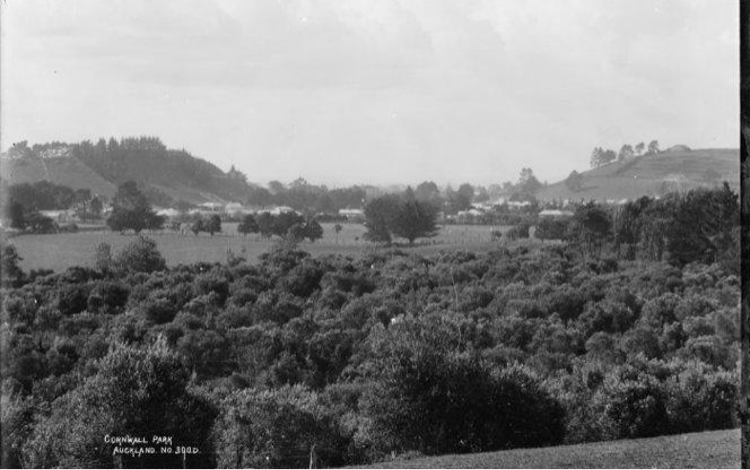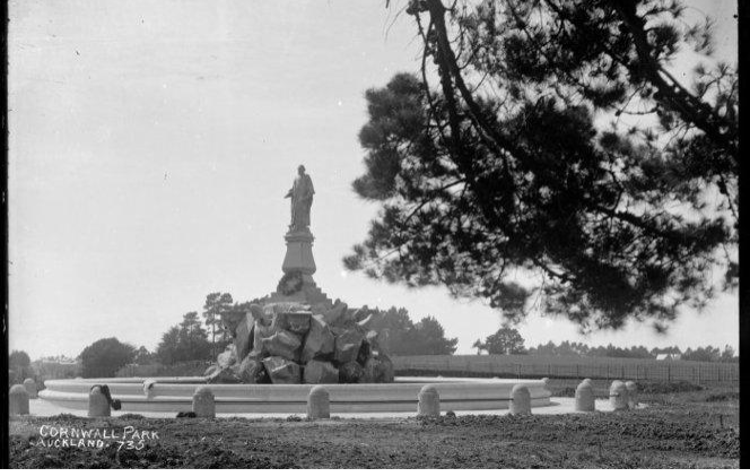Heritage
heritage postcards

Acacia Cottage was constructed in 1841 and located on O’Connell St in Auckland CBD by Sir John Logan Campbell and his business partner William Brown, who named the cottage after their time spent together in Australia where Acacia trees are common. The house was initially for Brown and his wife Jessie, but Campbell later moved in after his tent blew over. While builders raised the exterior, Campbell completed the interior. Separating it into four rooms and a hall. In 1921 it was brought to the park and restored for the public to enjoy.

On the 26th August 1903 Sir John Logan Campbell officially opened Cornwall Park to the public with an opening ceremony outside Huia Lodge. The lodge was built for the park caretaker and their family plus it was also used as housing for armed forces during WWII and bistro workers and their families until 1983. It was an extremely popular spot for visitors to stop, rest and admire the park. It later expanded with an outdoor kiosk where they served tea and scones - this is now the Cornwall Park Bistro you see today. Huia Lodge is built primarily from kauri wood with additional rimu wood and plaster. It was restored in 1991-1993 and opened as the park information centre in 1994.


Cornwall Park was opened to the public in 1903 and by this time Sir John was a popular figure in Auckland society. No ceremonial occasion was complete without his presence and it was highly desirable to receive a card from him. Each year he created Christmas postcards to send to friends, relatives and connections. Many of these featured commercially available postcards as part of the collage, alongside images of the park, Rangitoto and Sir John himself.

Sir John’s experiences in Italy prompted experimentation with olives here in Aotearoa. Cornwall Park’s Olive Grove is reputed to be one of the earliest olive groves planted in New Zealand. Originally 40 acres of vineyards were planted but were unsuccessful in growing or producing enough fruit and so they were replaced with olive trees. 5000 trees were planted here by Sir John in the 1870’s, with 200 remaining today.

Sir John Logan Campbell was 94 when he passed away and was buried at the summit/tihi of Maungakiekie in 1912 with permission from local iwi. His funeral procession was the largest recorded in Auckland’s history at the time. His epitaph reads: “Si monumentum requiris circumspice - If you require a monument, look around you”. A fitting reflection of Sir John’s love of hiking in high places. He intended the obelisk to represent his respect and admiration for Māori, having spent three months living with Māori in Waiomu when first arriving in New Zealand. This experience instilled in him a great respect for Māori culture, learning the customs, language and forming relationships with the local iwi.

In 1903, current Auckland mayor the honourable Edwin Mitchelson suggested a statue should be commissioned to celebrate Sir John Logan Campbell’s contributions to Auckland whilst he was still alive. The statue was funded by public subscription, similar to modern crowdfunding techniques. The statue was created by Henry Pegram, a London based sculptor. The design of the statue represents the gift of Cornwall Park to Auckland, showing Sir John in his mayoral robes and holding the deed to Cornwall Park.
View our Heritage map or pick one up from Huia Lodge on your next visit to Cornwall Park and see our heritage sites in person.
